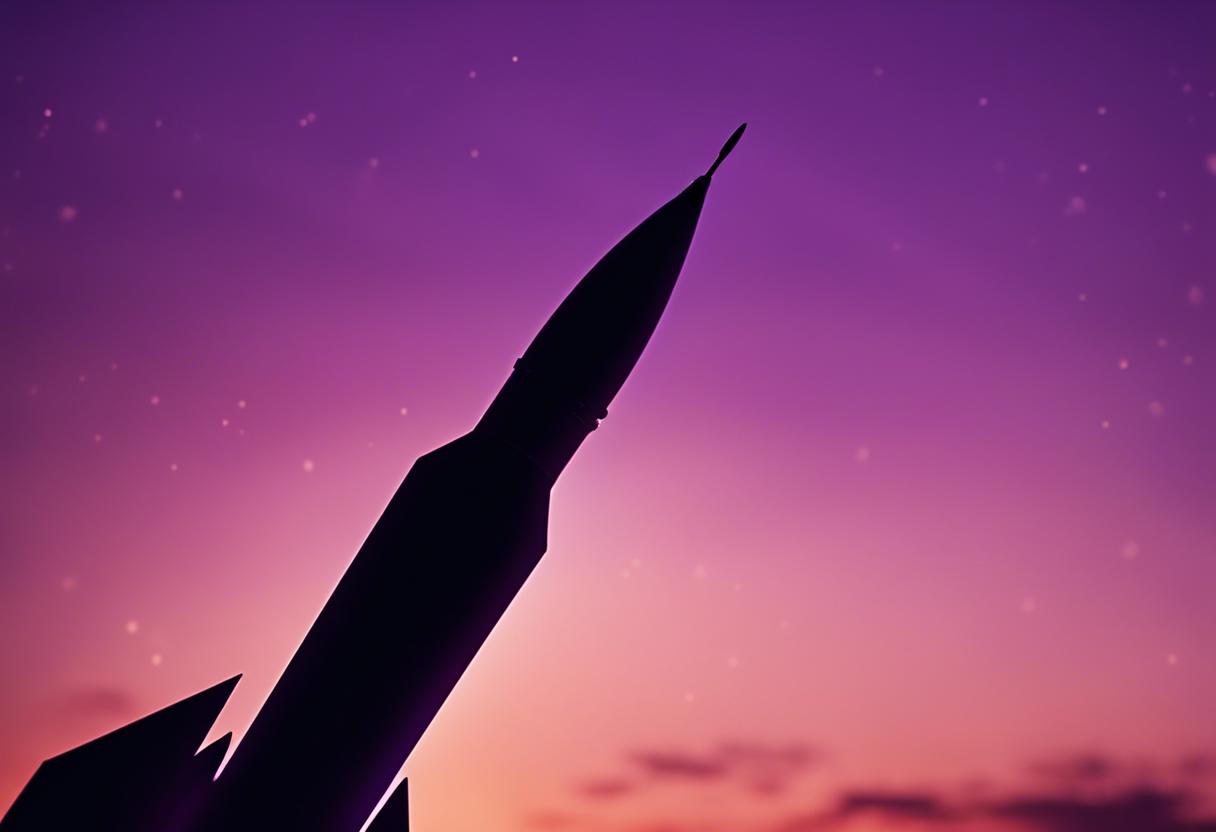On Wednesday, China confirmed that it had effectively carried out an unusual intercontinental ballistic missile (ICBM) launch into the Pacific Ocean. This situation may stir global anxiety regarding China’s expansion of its nuclear capabilities. The ICBM, equipped with a dummy warhead, was launched by the People’s Liberation Army Rocket Force at 8:44am local time, according to the official statement by the Chinese defence ministry. They explained that this was part of the year’s scheduled training activities, with no specific country or target in the crosshairs.
The ministry further detailed that the relevant nations had been updated beforehand, despite a separate report from Xinhua leaving the missile’s exact path or where in the high seas of the Pacific it landed unclear. The launch was said to have effectively assessed the operational performance of weapons and equipment, as well as troop preparedness, achieving the desired objectives.
An official with the Japan Coast Guard mentioned receiving a heads-up from China about “space debris” expected over three areas in the South China Sea and Pacific areas north of the Philippines’ Luzon island, along with the South Pacific. Whether the alert was regarding the reported missile launch wasn’t explicitly confirmed.
Experts noted that China launching long-range missiles into the sea is uncommon as they usually prefer undisclosed testing in secluded regions like Inner Mongolia. In light of developments such as advanced US missile defenses and enhanced surveillance capabilities, the PLA Rocket Force, which supervises the country’s traditional and nuclear missile systems, has been charged with upgrading China’s nuclear forces.
Alexander Neill, a security analyst based in Singapore, stated that although the specifics of the launched missile remain somewhat obscure, the test seemed to corroborate China’s strategy of simultaneous engagement and warning. This was particularly noticeable in light of the improved military diplomacy seen between Beijing and Washington in the preceding months.
In light of recent corruption incidents within the Rocket Force, China’s continued military activities suggest a deliberate attempt to project an image of normalcy. This is according to Neill, a fellow of the Pacific Forum think-tank in Hawaii, who suggested that the objective is to demonstrate that their strategic deterrence delivery methods are still functional.
Several online monitors have observed the firing of a missile from Hainan instead of an inland silo, indicating a likely test of China’s increasingly diverse collection of road-mobile long-range missiles. A number of analysts pose that the rate of China’s nuclear expansion exceeds that of credible minimum deterrence, which is the smallest necessary strategic arsenal to deter assaults.
For years, China has adhered to a “no first use” policy regarding nuclear weapons. However, the People’s Liberation Army is getting closer to major nuclear powers by developing an embryonic triad of weapons that can be deployed from land, sea, and air. The Chinese military underscores that the sole nuclear command authority lies with the Central Military Commission, led by President Xi Jinping.
Pairing with the issue of lack of transparency in their nuclear expansion frequently highlighted by America, China terminated nuclear discussions with the US in July over the latter’s weapons sales to Taiwan.
With upwards of 500 active nuclear warheads, including around 350 ICBMs in its reserve, China is expected to have over 1,000 warheads by 2030 as estimated by the Pentagon last year. Concurrently, it is developing hundreds of silos for land-based ICBMs. This can be contrasted to the 1,770 and 1,710 deployed warheads by the US and Russia respectively; it’s projected that many of Beijing’s weapons will likely be put on higher alert levels by 2030.
Taiwan, a democratic territory that China regards as its own, has expressed concern over the increased military activities by China in its vicinity over the last five years. On Wednesday, Taiwan’s defence ministry reported noticing 23 Chinese military aircrafts, including J-16 fighters and drones, conducting long-range operations to the southeast and east of the island.
In addition to this, the ministry made mention of recent “intense” missile launches and other Chinese exercises, without specifying their locations. In response, the Taiwanese forces have been deployed for surveillance.
This information is according to Reuters, and is copyrighted by Thomson Reuters 2024.

